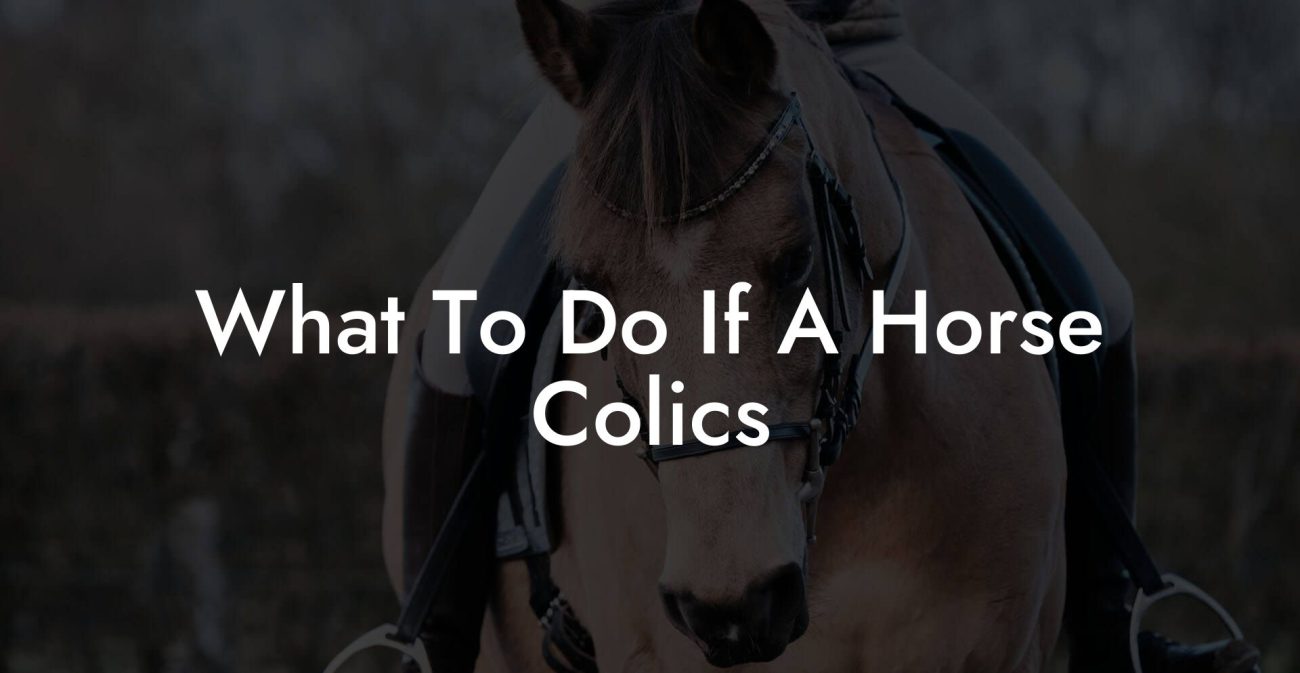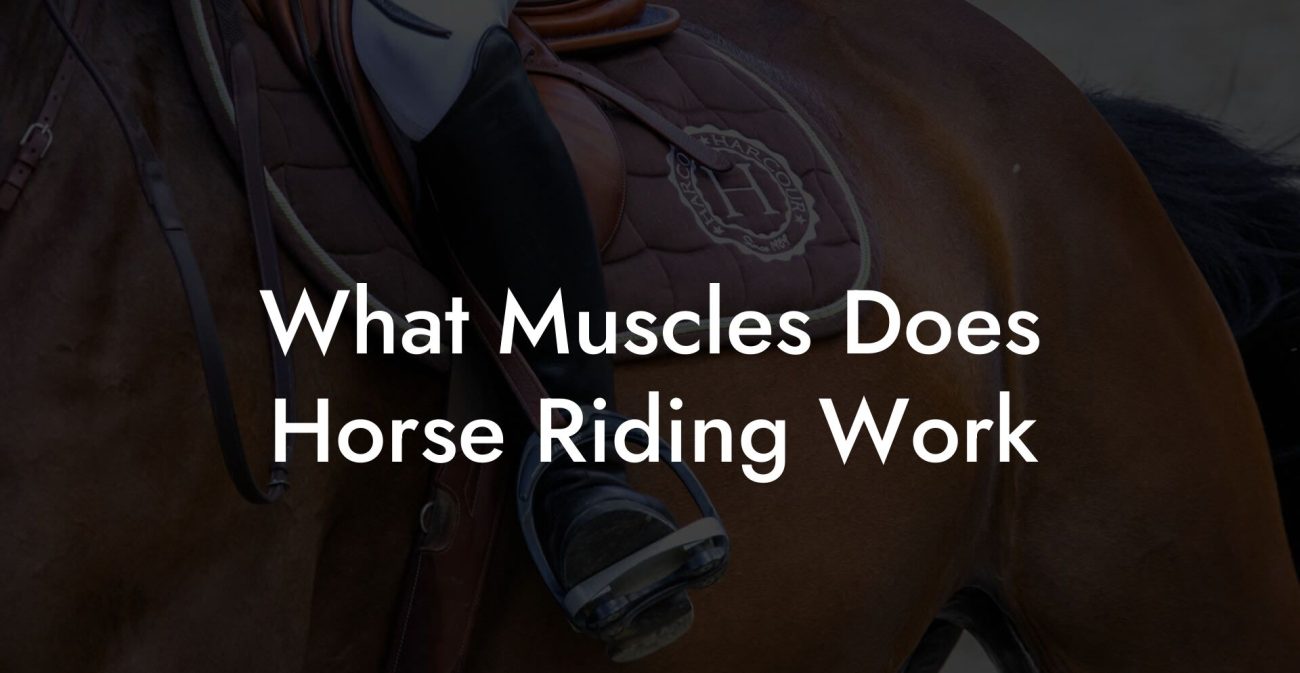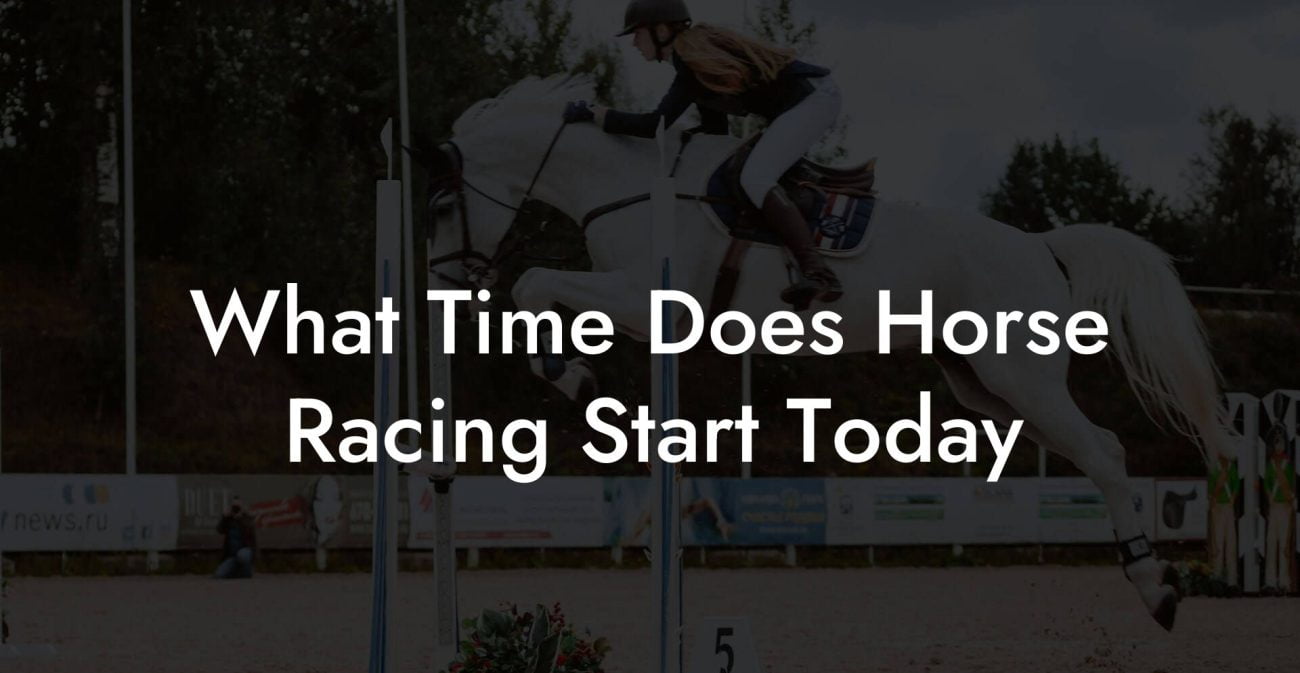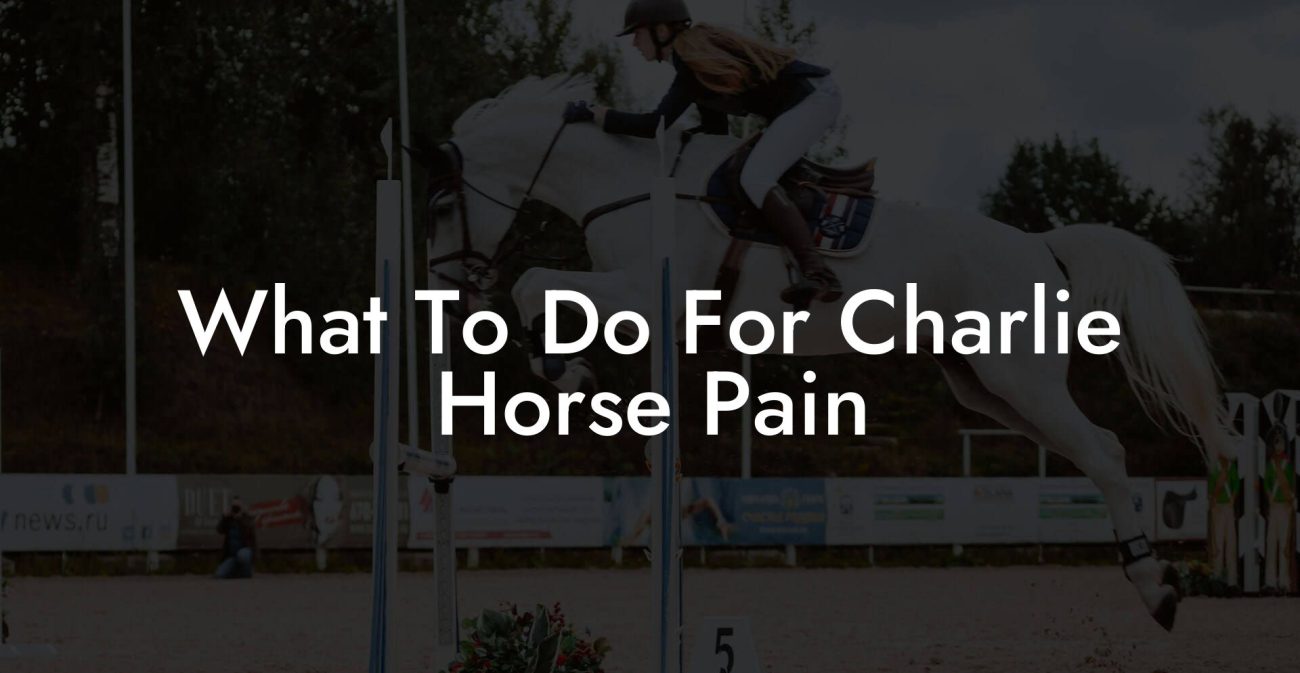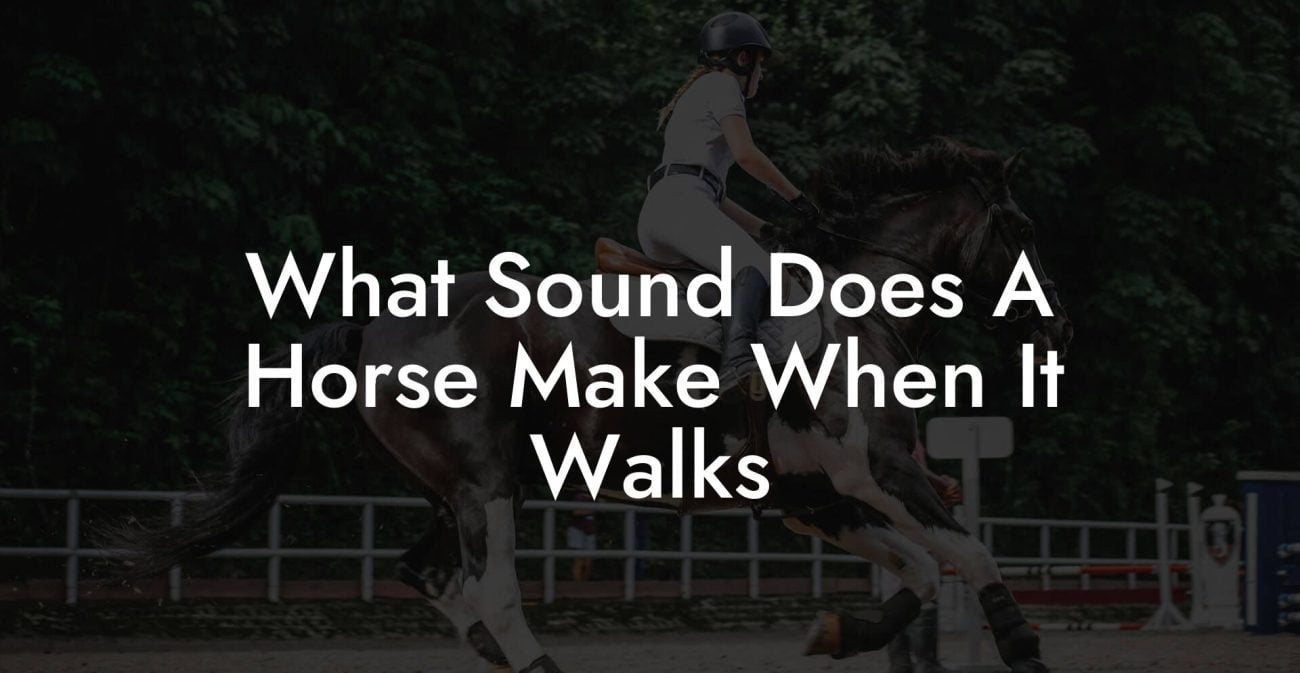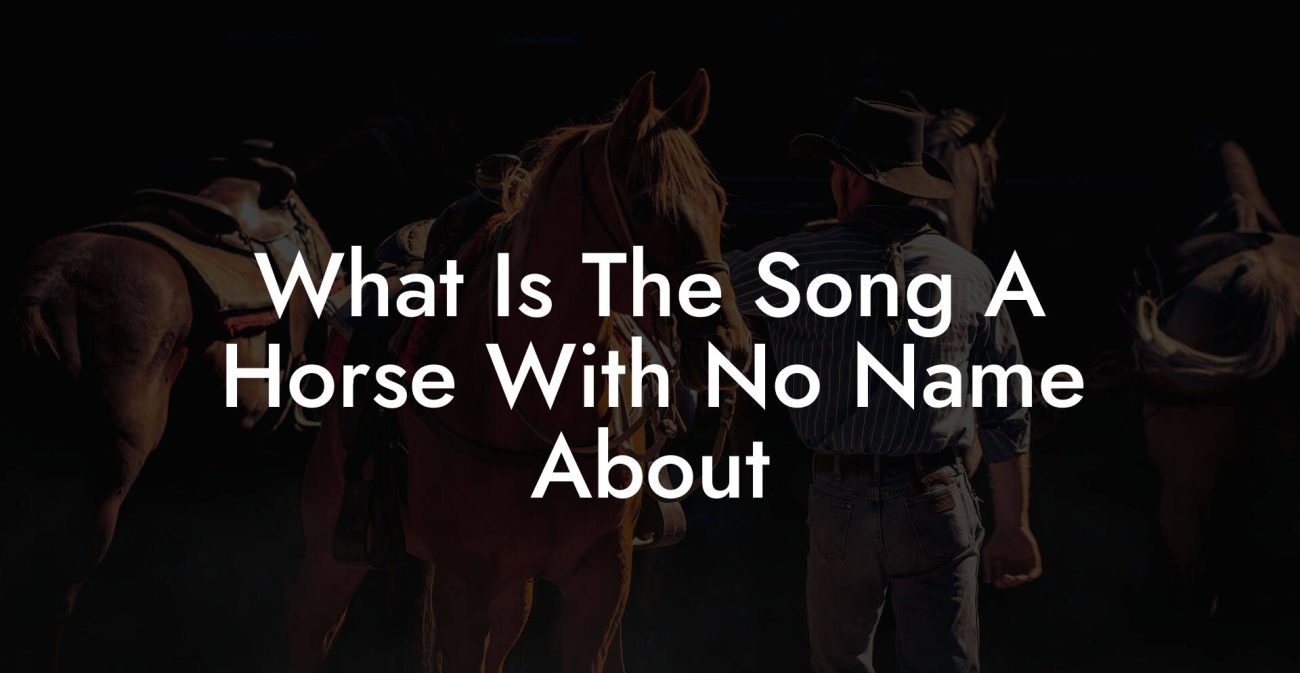riding a horse with rider isn’t just about saddling up and hitting the trail, it’s a lifestyle steeped in adventure, passion, and a dash of cowgirl (or cowboy) flair that even the most meme-savvy Gen Zers and millennials can vibe with. This isn’t your average Instagram equestrian snap; we’re diving deep into the art and science of rearing horses with riders, blending modern techniques with old-school heart, practical care with spirited adventure, and a bold sense of humor with time-tested traditions. Get ready to gallop through everything from essential care tips to forging an unbreakable bond between you and your equine partner.
Quick Links to Useful Sections
- The Essence of Rearing Horse With Rider: A Dynamic Duo
- Understanding Your Steed: The Foundations of Equine Care
- Forming an Unbreakable Bond: The Rider and Horse Connection
- Spend Quality Time Together
- Engage in Consistent training
- Communicate Beyond Words
- Training Techniques for a Confident Horse and Rider Duo
- The Fundamentals: Groundwork and Basic Commands
- Riding Drills for Balance and Coordination
- Advanced Techniques: Jumping, Dressage, and Trail Riding
- Daily Equine Care: Feeding, Grooming, and Stable Management
- The Rider’s Arsenal: equipment, Safety, and Style
- Feeding Your Passion: Nutrition Tips for Horse and Rider
- Equine Nutrition
- Rider Nutrition
- Understanding Equine Behavior: Communication and Care
- Holistic Equine Care: Beyond the Basics
- Riding Safety: Gear Up and Stay Smart
- Resources and Community Support: Your Next Steps
- Advanced Riding Techniques: When You’re Ready to Level Up
- Embracing the Journey: A Lifestyle of Learning and Adventure
- Rearing Horse With Rider: Bringing It All Together
- Frequently Asked Questions About Rearing Horse With Rider
- Your Next Chapter in Equestrian Excellence
The Essence of Rearing Horse With Rider: A Dynamic Duo
At its core, rearing a horse with rider is about nurturing a partnership that transcends the ordinary. More than just a pair of two-legged and four-legged beings, the horse and rider relationship is built on trust, respect, and mutual growth. Whether you’re a freshly minted rider or a seasoned equestrian, understanding the nuances of this connection is key. The lifestyle marries animal husbandry with athleticism, making it both an art and a science, sprinkled with humor, mishaps, and triumphs that prove life is even better on horseback.
For those keen on exploring this lifestyle, think of it as a cross between holistic pet care, adrenaline-fueled sportsmanship, and a vibrant outdoor enthusiast’s guide to living well. In our journey, we’ll cover everything from the basics of horse behavior to advanced riding techniques, ensuring that every rider, regardless of experience, can feel empowered to take the reins of both their horse’s well-being and their own riding prowess.
Understanding Your Steed: The Foundations of Equine Care
Before you even consider jumping into the saddle, it’s vital to understand that horses are not just majestic creatures, but intricate, sentient beings with their own preferences, moods, and personalities. Just like we support mental health and physical well-being in our own lives, so too must we consider holistic care for our equine companions.
Here are a few foundational elements for equine care that every aspiring rider should know:
- grooming Rituals: Regular grooming is essential not only for aesthetic appeal in the Instagram era but also for the horse’s health. Grooming helps maintain a clean coat, prevents skin infections, and even gives you a chance to check for injuries or irritations.
- stable Management: A well-organized stable is a happy stable. Ensure that your horse enjoys a clean, safe, and comfortably ventilated living space. This includes regular mucking out, proper bedding, and secure fencing.
- Regular Health Checkups: Just like your favorite apps get regular updates, your horse’s health needs periodic professional checkups. Regular visits from a veterinarian and farrier visits to maintain hoof health are paramount.
- Nutritional Balance: The adage “you are what you eat” applies as much to horses as it does to us. A balanced diet, rich in the right nutrients, helps build a strong, energetic horse capable of enduring long rides and stunts.
Understanding your horse’s body language is equally crucial. Horses communicate through subtle signals, tail swishes, ear movements, and even the tilt of their head. Learning these signs can help you decode whether your horse is relaxed, agitated, or simply feeling playful.
Forming an Unbreakable Bond: The Rider and Horse Connection
The magic of a successful rider-horse relationship lies in the intangible bond built on trust, mutual respect, and shared adventures. For many riders, their horse becomes a confidante, a faithful friend who is always ready for the next escapade. This bond isn’t cultivated overnight; it’s a journey that begins with understanding, patience, and lots of time spent together.
To foster this connection, here are a few strategies:
Spend Quality Time Together
Every moment counts when building trust. Don’t just limit your time to riding lessons or show practice, grooming sessions, feeding, and even quiet moments in the pasture strengthen your connection. Treat these moments as opportunities for mutual understanding rather than tasks on your checklist.
Engage in Consistent training
Training sessions, when done with patience and encouragement, transform riding from a chore into an enjoyable, collaborative venture. Gradually introduce your horse to new tasks and gently reward progress; this not only boosts your horse’s confidence but also reinforces your leadership in a non-dominating manner.
Communicate Beyond Words
While verbal instructions are common, non-verbal cues like gentle hand gestures, eye contact, and physical touch play a crucial role in communication. Horses are astute observers of body language, and your relaxed, confident demeanor can help ease any anxiety they might feel.
By investing time and care into the relationship, you ensure that your horse isn’t just another mount, but a cherished companion who understands you in ways words often can’t express.
Training Techniques for a Confident Horse and Rider Duo
Training is more than just learning commands or perfecting gait transitions, it’s about cultivating an environment where both the horse and rider can explore their potential, push boundaries, and sometimes laugh at a few hilarious missteps along the way. For the modern equestrian, training is both a science and a social experience, often shared on social media with the perfect filter and hashtag.
Below are key training techniques that meld traditional wisdom with modern insights:
The Fundamentals: Groundwork and Basic Commands
Groundwork lays the foundation for every subsequent training session. Starting with simple commands and exercises helps establish consistent communication between you and your horse. Commands like “walk,” “trot,” and “canter” may seem basic, but their mastery is crucial for advanced maneuvers.
Key points include:
- Establishing Boundaries: Use positive reinforcement to set clear boundaries and encourage good behavior. Consistency is key, every session builds on the last.
- Lead Line Training: Get your horse accustomed to following directional cues on the ground. This not only makes riding smoother but also builds trust.
- Desensitization: Expose your horse to various stimuli (sudden noises, unfamiliar objects, etc.) in a controlled manner. A well-desensitized horse is less likely to spook in unexpected situations.
Riding Drills for Balance and Coordination
Once groundwork is established, it’s time to venture into riding drills designed to enhance balance, coordination, and responsiveness. These drills often include transitions between gaits, lateral movements, and circle riding, all of which prepare both you and your horse for more dynamic challenges ahead.
Some popular drills include:
- Figure Eights: This drill enhances the horse’s responsiveness and helps you improve your steering precision while maintaining an even gait.
- Transitions: Smooth transitions between walking, trotting, and cantering are not only impressive to watch but are also a testament to the horse’s training and responsiveness.
- Lateral Movements: Techniques like leg yielding and shoulder-in promote flexibility and responsiveness, ensuring that your horse can handle sudden changes in direction with grace.
Advanced Techniques: Jumping, Dressage, and Trail Riding
For riders looking to kick their training up a notch, exploring advanced disciplines may be the way to go. Whether you’re interested in jumping, dressage, or simply perfecting your trail riding skills, the essence of advanced training is the same: deliberate practice, mutual trust, and a willingness to learn from every stumble (and occasional jump fail).
Advanced training techniques include:
- Jumping Courses: Learning how to approach and negotiate jumps builds both confidence and a sense of rhythm. It’s a sport that challenges the horse and rider to work in seamless harmony.
- Dressage Movements: Often described as “ballet on horseback,” dressage requires precision and a deep understanding of body mechanics. It’s both an artistic and technical discipline, perfect for riders who love a challenge.
- Trail Riding Skills: Trail riding is as much about navigation and safety as it is about enjoying nature. Handling unexpected terrain or obstacles with grace can elevate your riding experience to entirely new levels.
Training is an iterative process where progress, no matter how small, is celebrated. The key is to mix solid foundational routines with occasional innovative challenges, think of it as remixing a classic hit with fresh beats to keep the vibe exciting and relevant.
Daily Equine Care: Feeding, Grooming, and Stable Management
When you commit to rearing a horse with rider, everyday routines become rituals that honor the animal’s well-being while also deepening the bond between you both. Much like your daily skincare routine or that artisanal coffee run, these rituals are indispensable to maintaining your horse’s health and vitality.
Feeding: nutrition is at the heart of equine care. A properly balanced diet not only fuels your horse’s daily adventures but also supports muscle development, hoof health, and overall energy. Here are some essential feeding tips:
- Forage First: High-quality hay or pasture should make up the bulk of your horse’s diet. It provides not only fiber but also essential nutrients that promote digestive health.
- Grains & Supplements: Depending on your horse’s energy needs, you might add grains, specialized pellets, or nutritional supplements. Work with a nutritional expert to tailor the diet specifically for your horse’s workload and health status.
- Hydration: Clean, fresh water should always be available. Hydration is crucial during intensive training sessions and in warmer climates.
Grooming: Think of grooming as quality self-care time for your horse. Regular grooming not only maintains a sleek, healthy coat but also serves as an opportunity to check for injuries, skin issues, or insect bites. A thorough grooming session can include:
- Brushing and Combing: Remove dirt, debris, and loose hair while stimulating blood circulation.
- Hoof Care: Regular cleaning and inspection of hooves prevent painful conditions from developing.
- Bathing: Occasional baths, especially after muddy outings or vigorous training sessions, help keep your horse cool and comfortable.
Stable Management: A well-maintained stable is critical. This means regular mucking out, ensuring proper ventilation, and providing comfortable bedding. A clean environment minimizes the risk of respiratory issues and infections, keeping your horse in peak condition for daily rides.
Integrating these routines into your daily schedule isn’t just practical, it’s a way of showing your horse appreciation for all the rides, adventures, and memorable moments shared together.
The Rider’s Arsenal: equipment, Safety, and Style
No modern equestrian journey is complete without the right gear. In an era where aesthetics meet functionality, the world of horse riding equipment offers an eclectic mix designed for both performance and style. From vintage leather saddles to the latest high-tech helmets, investing in quality gear is both a nod to tradition and a testament to innovation.
Saddles and Bridles: These are the heart and soul of your riding gear. A well-fitted saddle not only provides comfort during long rides but also ensures proper weight distribution, preventing unnecessary strain on your horse’s back. Similarly, a quality bridle offers precise control while being gentle on your horse’s delicate features.
Protective Gear for Riders: Safety first! Helmets, riding boots, and body protectors are crucial, ensuring that even on those adrenaline-pumping rides, you’re well-equipped to handle unexpected turns. Modern designs also emphasize aesthetics, think sleek, futuristic cuts that let you look as cool as you feel.
Tech-Savvy Accessories: In the age of wearable tech and smart devices, gadgets for riders have evolved too. GPS tracking systems for long trail rides, fitness trackers to monitor heart rates, and even smartphone mounts on your saddle bring convenience and enhanced safety to your equestrian adventures.
Whether you’re gearing up for competitive dressage, a casual trail ride, or a rollicking adventure in the great outdoors, the right equipment not only elevates your performance but also safeguards both you and your equine friend.
Feeding Your Passion: Nutrition Tips for Horse and Rider
The saying “you are what you eat” rings true for both horses and riders. A well-nourished equine companion ensures peak physical performance and robust health, much like a well-planned meal can refresh your mood before your next weekend adventure. Let’s break down some nutritional essentials:
Equine Nutrition
Horses thrive on diets rich in fiber. Quality hay, supplemented with grains and carefully selected vitamins and minerals, forms the backbone of a balanced equine diet. Be sure to:
- Provide continuous access to fresh forage.
- Incorporate slow-release energy sources for sustained vigor.
- Regularly consult with a veterinarian or equine nutritionist to align feeding plans with your horse’s activity levels and body condition.
Rider Nutrition
For riders, nutrition is about energy, recovery, and mental focus. A balanced diet that includes lean proteins, complex carbohydrates, healthy fats, and ample hydration is key to maintaining stamina on and off the saddle. Quick, balanced meals, think avocado toast with a side of berries or a power-packed smoothie, can fuel your active lifestyle while keeping you Instagram-ready!
By prioritizing nutritional wellness, both you and your horse can enjoy a life of adventure, energy, and endless rides under sprawling skies.
Understanding Equine Behavior: Communication and Care
Horses are incredibly intuitive and social creatures. They may not binge-watch the latest Netflix series, but they do have their own language, a mix of body movements, expressions, and vocalizations that, when properly interpreted, can tell you exactly how they feel.
Pay attention to these common behaviors:
- Ear Position: Ears pinned back might indicate discomfort or agitation, while forward-pointing ears usually signal attentiveness or curiosity.
- Tail Movements: A swishing tail could mean your horse is trying to ward off pesky flies, but it can also be a subtle sign of irritation.
- Body Posture: A relaxed stance means a calm disposition, whereas raised head and tense muscles might point to anxiety or excitement.
By learning to “speak horse,” you not only improve daily interactions but also lay the groundwork for a safer, more responsive riding experience. Over time, you’ll find that the tiny nuances in your horse’s behavior can provide profound insights into their overall health and mood, enhancing your care and training routine.
Holistic Equine Care: Beyond the Basics
In today’s world, with mental health talks and holistic lifestyles trending like the latest dance challenge, equine care has embraced integrative approaches that prioritize overall well-being. Holistic care for your horse is an approach where physical, emotional, and even social health play a role in creating a thriving, happy companion.
Some holistic practices include:
- Massage and Acupressure: Much as humans benefit from massages, horses can enjoy gentle massage sessions to alleviate muscle tension.
- Natural Supplements: Herbal supplements and natural remedies can support joint health and overall vitality, just ensure any additions to their diet come vetted by a veterinarian.
- Environmental Enrichment: Social interaction with other horses, varied terrains during pasture time, and even the strategic placement of toys or obstacles can stimulate your horse mentally and physically.
This integrative approach acknowledges that a horse’s well-being isn’t confined to their diet or exercise regimen alone. Emotional health, stress management, and even their surroundings play a significant role in sustaining vitality and a joyful disposition.
Riding Safety: Gear Up and Stay Smart
Amidst all the excitement, safety is paramount. Whether you’re a beginner rider still mastering your balance or a seasoned expert aiming for that next competition, a few smart safety practices are non-negotiable.
Keep these safety tips in mind:
- Always Wear Protective Gear: Helmets, appropriate boots, and body protectors are your best friends on any ride.
- Check Your Equipment: Before hitting the trail or arena, inspect your saddle, bridle, and other gear regularly for wear and tear. A little maintenance goes a long way in preventing accidents.
- Warm-Up and Cool-Down: Just like a good workout routine, ensure that both you and your horse have ample time to warm up and cool down. This minimizes the risk of injury and improves overall performance.
- Stay Alert: Always be aware of your surroundings. Whether you’re riding in a bustling competition or a quiet trail, keeping an eye out for hazards, both natural and man-made, is essential.
Following these safety practices not only protects you and your horse but also fosters confidence, making every ride not only exciting but secure.
Resources and Community Support: Your Next Steps
Stepping into the world of rearing horses with riders means joining a vibrant community that spans from local barns to online forums buzzing with advice, laughter, and shared experiences. There’s a wealth of resources available to help you navigate the ups and downs of equestrian life:
- Online Communities: Social media groups, dedicated forums, and YouTube channels are treasure troves of tips, tutorials, and inspirational stories from fellow riders.
- Workshops and Clinics: Look for local or regional equestrian workshops that cover everything from basic training techniques to advanced riding skills. These events are not only educational but also a fun way to connect with like-minded individuals.
- Veterinary and Equine Nutritionists: Building a network of trusted professionals ensures that you have expert advice when it matters most. Their guidance is invaluable in keeping both you and your horse on the right track.
- Local Stables and Riding Clubs: These institutions often offer training sessions, social events, and mentorship opportunities. Getting involved can deepen your understanding and appreciation of equine care and riding techniques.
Embrace every opportunity to learn and share. Whether you’re asking seasoned pros for advice or exchanging funny stories about unexpected trail mishaps, community support is the backbone of every equestrian’s journey.
Advanced Riding Techniques: When You’re Ready to Level Up
For riders looking to push their skills further, advancing your techniques represents a thrilling frontier in equestrian mastery. Advanced techniques are not just about performing fancy maneuvers; they’re about deepening your understanding of balance, synergy, and the subtle language of your horse.
Some advanced techniques to consider include:
- Precision Jumping: Mastering jumps involves understanding your horse’s rhythm, speed, and the dynamics of takeoff and landing. This discipline not only enhances your competitive edge but is also an art form that combines athleticism with grace.
- Competitive Dressage: Often celebrated as the pinnacle of artistic riding, dressage requires a nuanced understanding of every movement. The focus is on perfecting communication, symmetry, and fluidity between you and your horse.
- Cross-Country Challenges: Ideal for those who crave adventure, cross-country riding tests your confidence, navigation skills, and the stamina of both horse and rider in varied terrains and obstacles.
These advanced disciplines necessitate dedicated practice and often the guidance of seasoned trainers. With each lesson learned, you’ll find that every fall, every setback is simply another stepping stone towards refining your craft, laughing off the inevitable “oops” moments and celebrating the breakthroughs that define your journey.
Embracing the Journey: A Lifestyle of Learning and Adventure
Riding a horse with rider transcends the boundaries of a sport or hobby, it’s a transformative journey where every day brings new lessons, unexpected challenges, and heartwarming successes. Whether you’re galloping through a sunset-lit field or quietly bonding during a grooming session, every moment enriches your life, forging memories that will last a lifetime.
This lifestyle embodies continuous learning, embracing failure as much as success, and cherishing the unspoken language shared between you and your horse. It’s about celebrating the little triumphs (like nailing that perfect circle without a wobbly ride) and laughing off the missteps (those moments when your horse seems to think the concept of “staying put” is optional).
In this fast-paced, ever-evolving world, equestrian pursuits offer a sanctuary, a space where time slows down, nature takes center stage, and the bond with your horse becomes a testament to what can be achieved with trust, perseverance, and a sprinkle of humor. So, gear up, get out there, and let every ride remind you that life, like riding, is a journey best enjoyed one stride at a time.
Rearing Horse With Rider: Bringing It All Together
Ultimately, rearing a horse with rider is the beautiful confluence of care, training, adventure, and heartfelt connection. It’s about melding the traditional with the modern; the practical with the playful. From the way you care for your horse’s coat to the advanced jumping techniques you hone over time, every element of the process is a learning experience that enriches both your life and that of your loyal companion.
This extensive guide is designed to serve as your roadmap through the exhilarating world of equestrian life. Whether you’re reading up on proper stable management techniques at 2 a.m. during an unexpected bout of midnight inspiration or sharing your latest riding escapade on social media, let this resource be a reminder that every step you take is an investment in a lifelong partnership.
So saddle up, embrace the challenges, treasure the laughs, and remember: the future belongs to those who dare to ride with passion, creativity, and the unyielding spirit of adventure.
Frequently Asked Questions About Rearing Horse With Rider
Curious minds often have questions when embarking on the equestrian journey. Here are some of the most common inquiries we receive, paired with straightforward answers to help guide you along your path.
1. What does “rearing horse with rider” involve?
This isn’t just about riding, it’s about building a symbiotic relationship between rider and horse. It involves thorough equine care, training, and bonding practices that ensure both partners thrive physically and mentally.
2. How do I start bonding with my horse?
Begin with consistent grooming, regular training sessions, and spending unscheduled time together outside of structured riding lessons. Simple activities like hand feeding and quiet time in the pasture can significantly enhance your bond.
3. What essential equipment should I invest in as a beginner?
Focus on investing in a high-quality saddle, a properly fitting bridle, and reliable protective gear including a helmet and appropriate riding boots. Quality gear not only improves performance but significantly increases safety.
4. How important is stable management?
Stable management plays a crucial role in ensuring your horse’s health. A clean, safe, and well-organized stable minimizes the risk of injuries and infections, contributing to better overall well-being.
5. Can I learn advanced riding techniques on my own?
While basic techniques can be self-taught through dedicated practice and online resources, advanced riding concepts such as precision jumping, dressage, and cross-country challenges are best learned under the guidance of professional trainers.
6. What nutritional tips are crucial for the horse?
A balanced diet rich in quality forage, supplemented with grains and essential vitamins, is key. Regular consultation with equine nutritionists can ensure that your horse’s dietary needs are met efficiently.
7. How do I read my horse’s body language?
Pay attention to ear movements, tail swishes, and overall body posture. These subtle cues can indicate whether your horse is relaxed, agitated, or excited. Regular interaction and careful observation are fundamental to mastering this skill.
8. Is specialized training necessary for every horse?
Every horse is unique. While foundational training is universally beneficial, specialized training can be tailored to your horse’s personality, physical abilities, and your riding goals.
9. How do holistic approaches play a role in equine care?
Holistic care goes beyond physical training. Integrating massage, acupressure, natural supplements, and mental stimulation fosters an environment where the horse’s overall health and spirit are nurtured.
10. Where can I find community support for equestrian enthusiasts?
Online forums, social media groups, local riding clubs, and equestrian workshops offer vibrant communities where you can share experiences, gain insights, and find support from fellow riders.
Your Next Chapter in Equestrian Excellence
Embarking on the journey of rearing a horse with rider is a blend of rigor, joy, and a constant pursuit of improvement. Every grooming session, every training drill, and every comprehensive feed schedule is a brick in the foundation of a lifestyle that celebrates both canine spirit and equine grace. With passion as your fuel, curiosity as your guide, and the right community by your side, there’s no limit to how far you and your horse can gallop.
This guide is more than a manual; it’s an invitation to dive headfirst into a community that honors tradition while pushing the boundaries of modern equestrian care. Embrace every moment, learn from every stumble, and share in the victories that come with nurturing a relationship that’s as deep and enduring as the rolling pastures you traverse.
Get out there, saddle up, and let your journey of equestrian excellence unfold with every stride, every laugh, and every triumphant ride. The world is vast, the trails are many, and your partnership with your horse is an endless adventure waiting to be explored.




